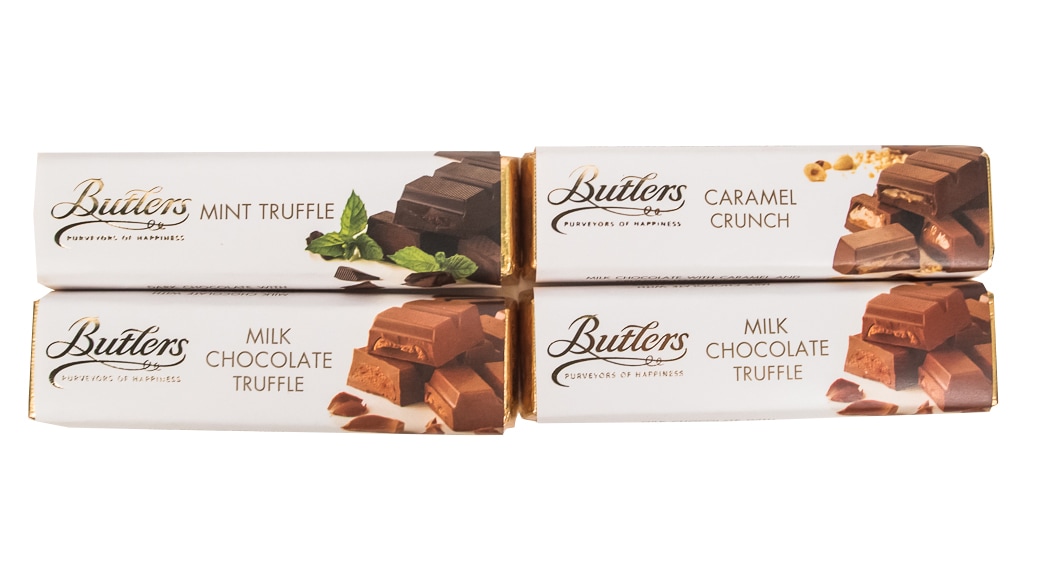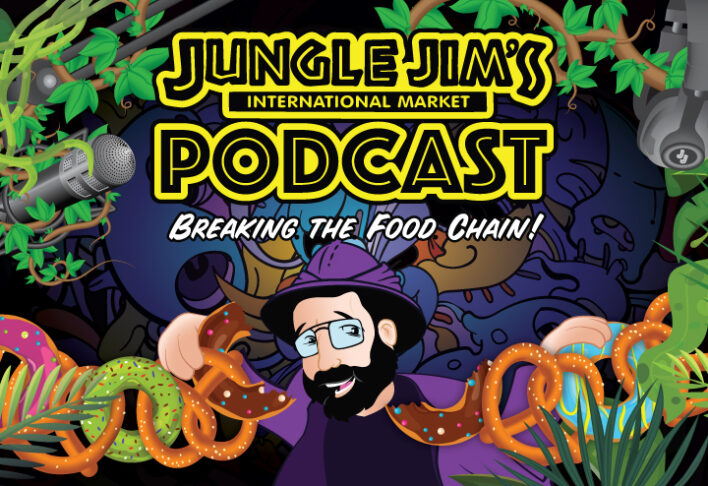
Discoveries at the Jungle Candy Month: Butlers Chocolate Bars from Ireland and Ritter Chocolate Bars from Germany
Back to feed- Posted: 5/11/2017
- Categories: Discoveries at the Jungle
Candy can be traced back to the ancient Egyptians where they, along with the Chinese and Indians, combined fruits, nuts and honey to make sweets. Once sugar processing was discovered, though, it kickstarted a new candy industry. In the middle ages it was only a delicacy, but once the 17th century hit, sugar was more common. The English and Americans boiled sugar to make candies mixed with fruit and nuts. From there the candy train was rolling full steam ahead. By the 19th century candy was being mass produced all over the world and a huge variety of products were hitting the market.
Chocolate came around about 4,000 years ago in pre-Olmec cultures living in present-day Mexico. It was first consumed as a bitter beverage rather than a sweet treat. They roasted and ground the cacao beans into a paste that they mixed with water, vanilla, honey, chili peppers and other spices to brew a frothy chocolate drink. Chocolate candy as we know it today was created in 1828, when Coenraad Johannes van Houten invented the cocoa press. It would squeeze the fatty cocoa butter from roasted cacao beans leaving behind a dry cake that could be pulverized into a fine powder that could be combined with other ingredients and molded into a chocolate treat.
Did you know: One ounce of milk chocolate has only a little more caffeine than the amount of caffeine in a cup of decaffeinated coffee. White chocolate has no caffeine.
|
Ritter has been around since 1912, made it through two world wars and they are still making chocolate today! Their claim to fame is that they are the first chocolate company to make their bars in a square. This was so it was easier to fit in your pocket, unlike the longer bars of their competitors. They have a huge selection of flavors including espresso, praline, strawberry creme, cornflakes (yep, cornflakes!) and more.
|
Did you know: According to the International Cocoa Organization, Europeans account for almost half the world’s chocolate consumption. They estimate the average Brit, Swiss, or German eat 11kg of chocolate a year.
Droste Chocolate from Holland, Kinder Happy Hippos from the UK, and Ricolino Duvalin from Mexico!
Nordic Sweets Gummy Candy from Sweden and Leone Candies from Italy
Cote D’Or Chocolate from Belgium and Morinaga Hi-Chew Candy from Japan
Lotte E. Wedel Chocolates from Poland and Wedgewood Walters Nougat Candy from South Africa





